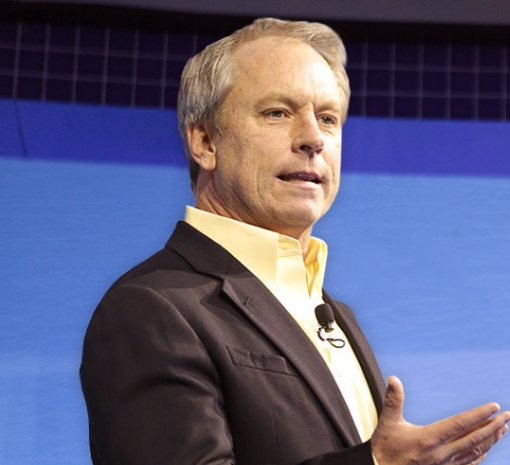
This week I had the pleasure of interviewing Bob Phibbs—the straight-talking CEO of the Retail Doctor, a retail consultancy based in New York—for a forthcoming story on how small retailers can remain competitive in a rapidly changing (and digitizing) marketplace.
Look out for that story in the June issue of JCK. In the meantime, here are some smart outtakes from our chat, in which Phibbs opines about the current state of retail and shares easy ways small retailers can boost their in-store experience.
JCK: What are some common mistakes you see small retailers making?
Bob Phibbs: Retailers love telling me, “My crew has been here for 15 to 20 years.” And to that I say, “Look at anyone who’s out there disrupting retail right now—all their employees are under 30.” If you’re willing to change up the customer experience and hire good people, that’s a fun place to play. But you have to change it up.
People also come to me and ask how to teach engagement [in sales]. Engagement takes a lot of work. It’s a constant monitoring and teaching and then inspecting what you expect on every level. If you do that, you can get more out of the customers who do come in.
Can you give me an example of someone who’s doing a great job in independent retail?
One retailer I know stands by his store’s front door every Saturday greeting customers, and told me recently, “I aim to make every customer I work with say, ‘wow, that was incredible’ as they walk out.” That’s exactly what he should be doing. Yet it’s not happening in most stores.
Everyone who works at the store is having a good time, everyone knows each other…and they’re not paying attention to the customers. And the place is a little stinky and the counters are not quite clean…None of that’s going to work.
But I also had a great sales experience recently.
Tell me about that.
In Las Vegas, I bought a new outfit. The saleswomen showed me the spring collection. I looked around and I picked up this one suit and looked at it and then wandered around. The next time I saw her, she said, “You’re probably a large,” and handed me the suit she saw I had been looking at, in my [exact] size. She had somehow been watching me. I tried it on and then mentioned that I might be too old for the outfit. She said, “Oh, you’re wearing AG Jeans, you’re [cool] enough.” She noticed all these details. It was great. I bought the outfit.
The flip side of that experience…I was in Fredericksburg, Va., at a Macy’s recently and there are only three people working an entire department store floor. Three people trying to do cosmetics and men’s and everything else. There’s no mystery here. If I drive to your store and I don’t get an exceptional experience, I will not be back.
Why is the vibrancy of brick-and-mortar retail so important?
If people aren’t going to brick-and-mortar stores…and big retailers at the mall go out of business and the malls are no longer destinations, what happens then? Retail is responsible for one in four jobs in America. You talk about making America great again—these jobs aren’t going to come back. We’re going to have to deal with that as a country. The stakes are much higher than a simple, “Oh, we didn’t have a good sales day.”
(Photo of Bob Phibbs courtesy of The Retail Doctor)
Follow JCK on Instagram: @jckmagazineFollow JCK on Twitter: @jckmagazine
Follow JCK on Facebook: @jckmagazine